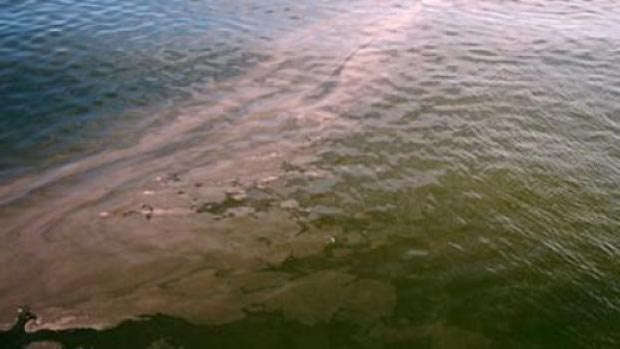Update report by St. Johns River Water Management District
[dropcap]T[/dropcap]he Indian River Lagoon is a diverse, shallow-water estuary stretching across 40 percent of Florida’s east coast. Spanning 156 miles from Ponce de Leon Inlet in Volusia County to Jupiter Inlet in Palm Beach County, the lagoon is an important commercial and recreational fishery and economic resource to the state and region. The total estimated annual economic value of the lagoon is $3.7 billion, supporting 15,000 full and part-time jobs and providing recreational opportunities for 11 million people per year.
The people attracted to the lagoon by its features — its vast diversity of marine life, plants and animals; temperate climates; accessibility and direct links to the Atlantic Ocean — have changed those characteristics over the last century and particularly within the last 50 years. Throughout recorded history, there have been fish kills, algal blooms and changes in water quality. The lagoon has had a natural capability to absorb a certain amount of pollutants. However, when overloaded, the lagoon suffers.
In spring 2011, an algal “superbloom” occurred in the portion of the system known as Banana River Lagoon and eventually spread into northern Indian River Lagoon and farther north into the Mosquito Lagoon (see map). The immense bloom covered approximately 130,000 acres and led to a noticeable reduction in water quality. Concurrently, a lesser bloom extended from just north of Melbourne south to the Vero Beach-Fort Pierce area (see map).
By August 2011, approximately 32,000 acres of seagrasses were gone, a loss of about 44 percent. A year later, a brown tide bloom began in the Mosquito Lagoon and moved into the northern Indian River Lagoon near Titusville. These blooms and the resulting seagrass decline far exceeded any documented or remembered events in terms of geographic scale, bloom intensity and duration.
The magnitude of the seagrass loss is alarming because seagrass is:
- An indicator of the lagoon’s health
- A food source for manatees
- A nursery, refuge and a place of forage for a variety of fish and other marine life
Compounding concerns are the mounting losses of manatees and pelicans since July 2012 and bottlenose dolphins since Jan. 1, 2013. State biologists are investigating the deaths of approximately 100 manatees, between 250–300 pelicans and 29 bottlenose dolphins to determine whether there is a link to the blooms or the loss of seagrass.
In economic terms, the 2011 seagrass loss represents a potential reduction of $150 million to $320 million in commercial and recreational fisheries value in 2012.
To read complete story click here […]


